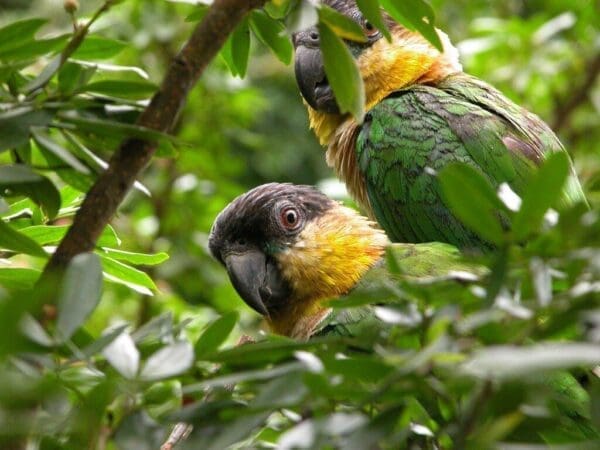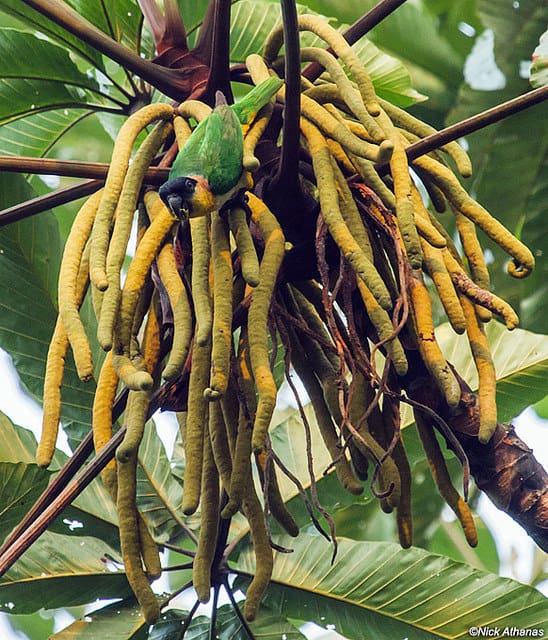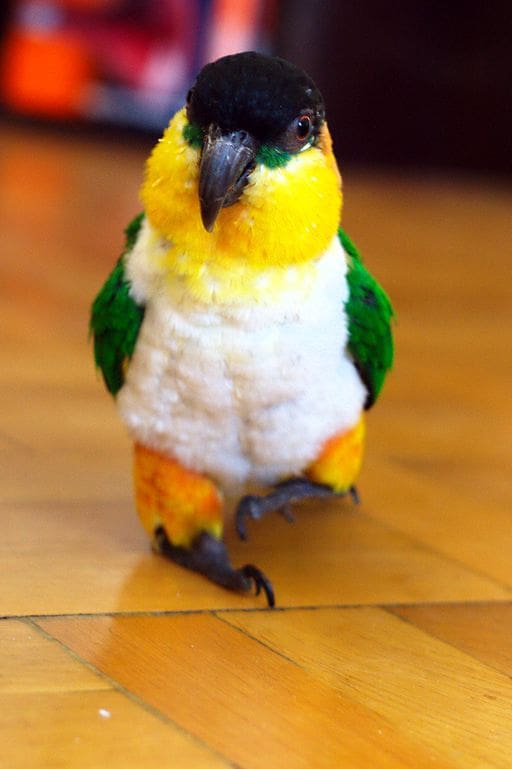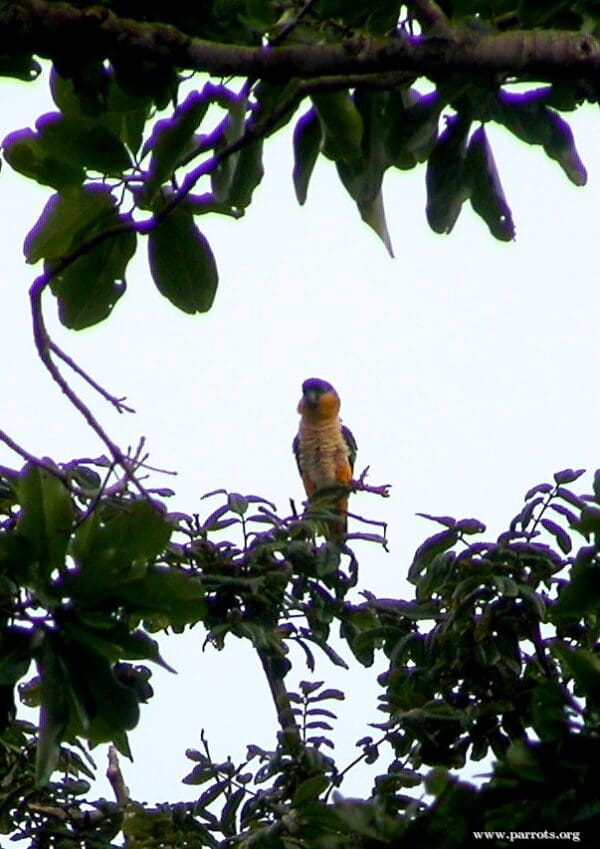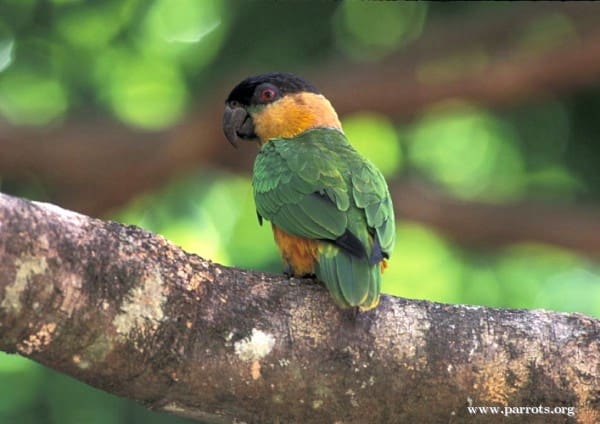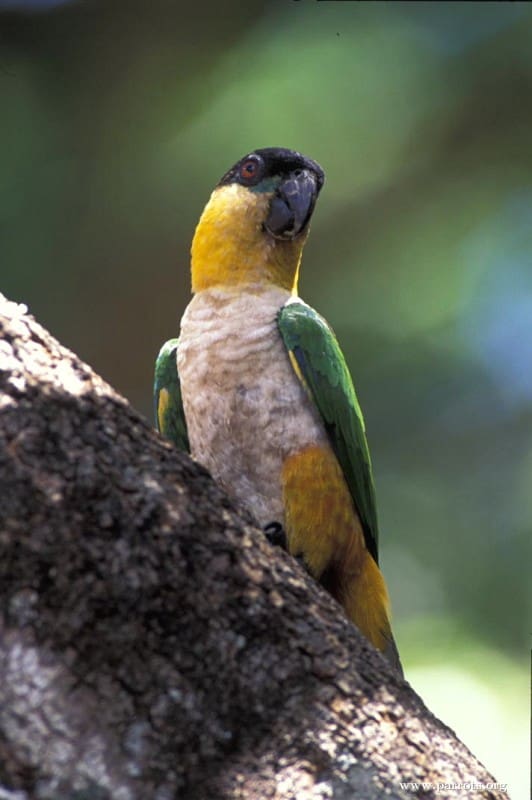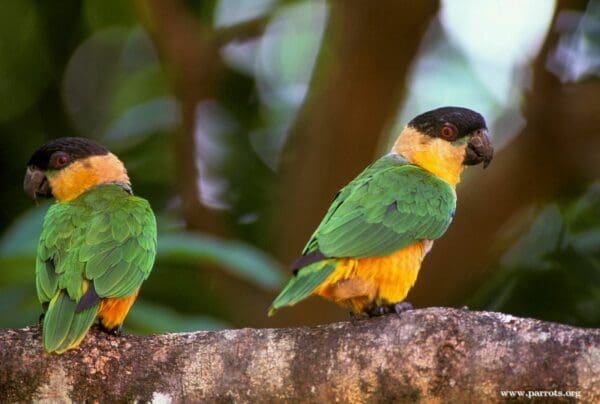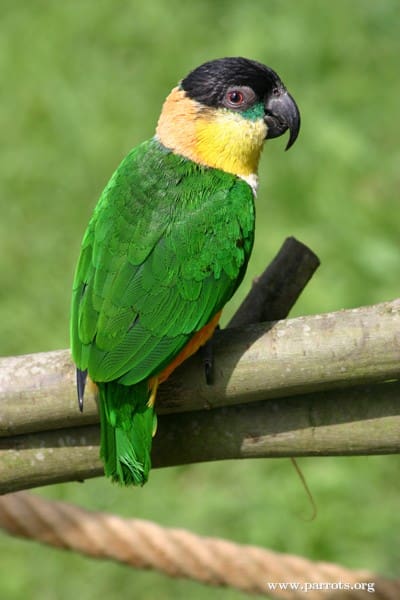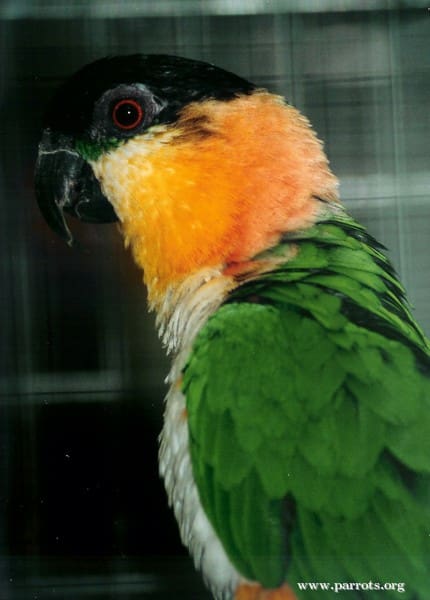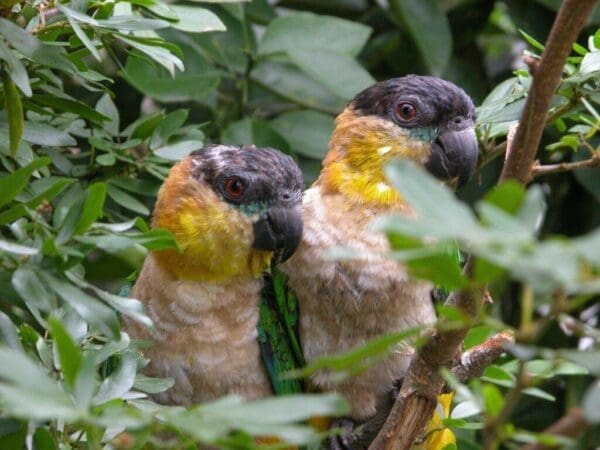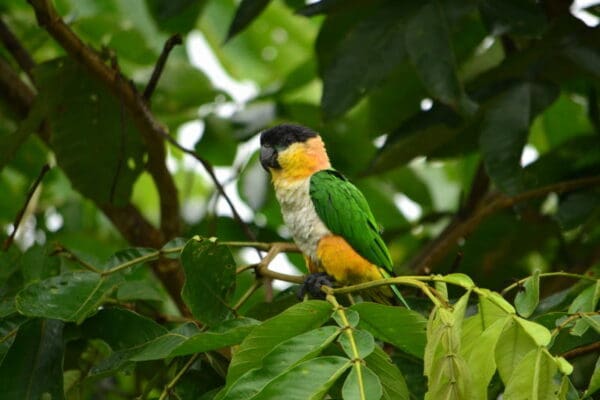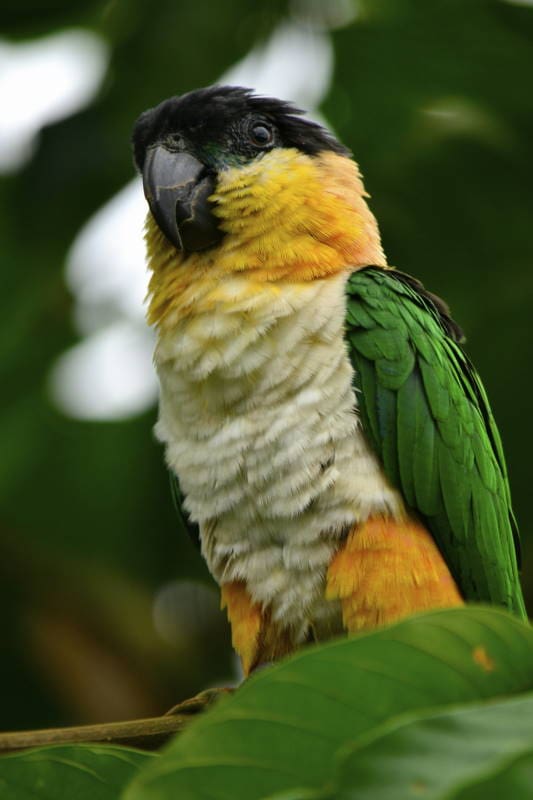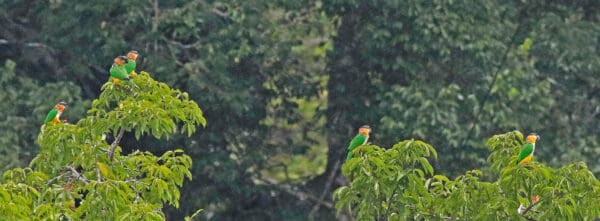Black-headed Parrot
Also known as:
Black-capped Parrot, Black-headed Caique, Pallid Caique (P.m. pallida)
Also known as:
Black-capped Parrot, Black-headed Caique, Pallid Caique (P.m. pallida)
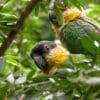
![© Nick Athanas [CC BY-NC 2.0] via Flickr A wild Black-headed Parrot dangles from a tree branch](https://parrots.org/wp-content/uploads/2023/01/wpt_Black-headed-Parrot_1102-14-100x100.jpg)
![© Peter Békési [CC BY-SA 2.0] via Wikimedia Commons A companion Black-headed Parrot displays typical swagger of the species](https://parrots.org/wp-content/uploads/2023/01/wpt_Black-headed-Parrot_1102-12-100x100.jpg)
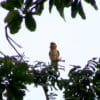
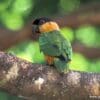
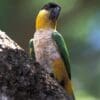
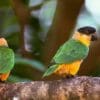
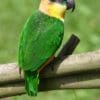
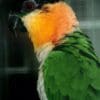
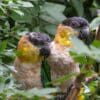
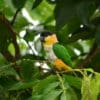
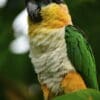
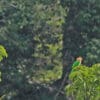
DID YOU KNOW?
The stance of the Black-headed Parrot is more upright than other parrots, giving them a comical, fearless appearance.

Pionites

melanocephalus
Size:
23 cm (9 in)
Weight:
130-170 g (4.5-6 oz)
Subspecies including nominate:
two: P.m. melanocephalus, P.m. pallida
Colour Adult:
P.m. melanocephalus: Both adults small stocky parrot with black cap, forehead and nape; orange/yellow mantle, cheeks and neck; green goggles; green wings, white belly and chest, yellow undertail; orange/yellow thighs. Black beak. Eye red/orange.
P.m. pallida: Both adults yellow throat, flanks and thighs; breast and centre of abdomen buff/white; orange/yellow cheeks, neck and mantle paler.
Colour Juvenile:
Has flecks of yellow on chest and belly blended into the white/buff; thighs streaked with green. Eye dark brown.
Call:
A very vocal bird, it has loud shrieks and alarm calls. It also includes trills, songlike sounds, and toots. Displaying birds sound kleeek. Captive birds have a low, soft growl.
More Information:
Content Sources:
CITES
BirdLife International
Cornell Lab of Ornithology/Birds of the World
Parrots: A Guide to Parrots of the World, Juniper and Parr, 1998
Parrots of the World, Forshaw and Cooper, 1989. 2010 edition
Parrots of the World, Forshaw, 2006.
Parrots in Aviculture, Low, 1992.
Desi Milpacher, pers. comm.
Captive Status:
Fairly common.
Longevity:
25-40 yrs
Housing:
Aviary or suspended enclosure, minimum length 2 m (6.5 ft).
Diet:
Mixture of soaked, sprouted or dry seed such as: canary, millet and smaller amounts of sunflower, safflower and hemp; sprouted or soaked cooked beans, fresh vegetables such as carrot, peas in the pod, kale, broccolini, red pepper; emphasis on fresh fruit such as apple, orange, banana, pomegranate, berries, kiwi fruit, pear apple, pears, mangos, papaya; millet sprays; complete kibble.
Enrichment:
Foot toys, bird safe chewable branches, sterilized pine cones, hanging toys, ladders, vegetable tanned leather knotted toys, puzzle toys, overhead misters or shallow water bowls for bathing.
Nest Box Size:
Vertical box 12″ x 12″ x 18″ (30.5 cm x 30.5 cm x 46 cm).
Clutch Size:
2 to 4
Fledging Age:
10 weeks
Hatch Weight:
—
Peak Weight:
—
Weaning Weight:
—
World Population:
Unknown but recorded as being fairly common. Decreasing.
IUCN Red List Status:
Least Concern
CITES Listing:
Appendix II
Threat Summary:
Not globally threatened. Generally common throughout its range, with wide areas of habitat remaining. Little traded internationally, but highly prized in Venezuela. Numbers have contracted locally due to trapping and deforestation in Amazonia. This species is suspected to lose 10.7-13.6% of suitable habitat within its distribution over three generations (24 years). Given the species’ susceptibility to hunting and/or trapping, it is therefore suspected to decline by <25% over three generations.
Range:
P.m. melanocephalus: Occurs in northern South America from north of the Amazon river, N Brazil west to E Colombia.
P.m. pallida: Found in SE Colombia to E Ecuador and NE Peru; possibly west of Andes in Narino, SW Colombia.
Habitat:
Found in tropical forest and savanna; prefers forest edge and canopy and occupies tall secondary growth trees. Also found up to 1100 m (3608 ft) in Venezuela and up to 500m (1640 ft) in Colombia.
Wild Diet:
Eats seeds of Caraipa densiflora, Hevea benthamiana, Guarea grandiflora, Pouroma guianensis and Micropholis mensalis; pulp of Dialium guianensis, Euterpe precatoria, Micropholis melinoneana and Cynometra hostmanniana, and seeds and pulp of Clusia grandiflora. Also takes flowers of Eschweilera, Symphonia globulifera, Noranthea liana and Inga laterifolia, and leaves of Sterculia excelsa. Also evidence of some insects taken.
Ecology and Behaviour:
Gregarious, loud; usually in small groups but sometimes up to 30 individuals. Communal roosting, usually in tree cavities. Forages in canopy with one or two flock members watching for danger.
Clutch and Egg Size:
2 to 4 eggs, 29 x 23 mm (1.1 x 0.8 in)
Breeding Season:
December-February in French Guiana; April in Venezuela; April-May Colombia; October-November in Surinam. Nest is hollow in tree.
